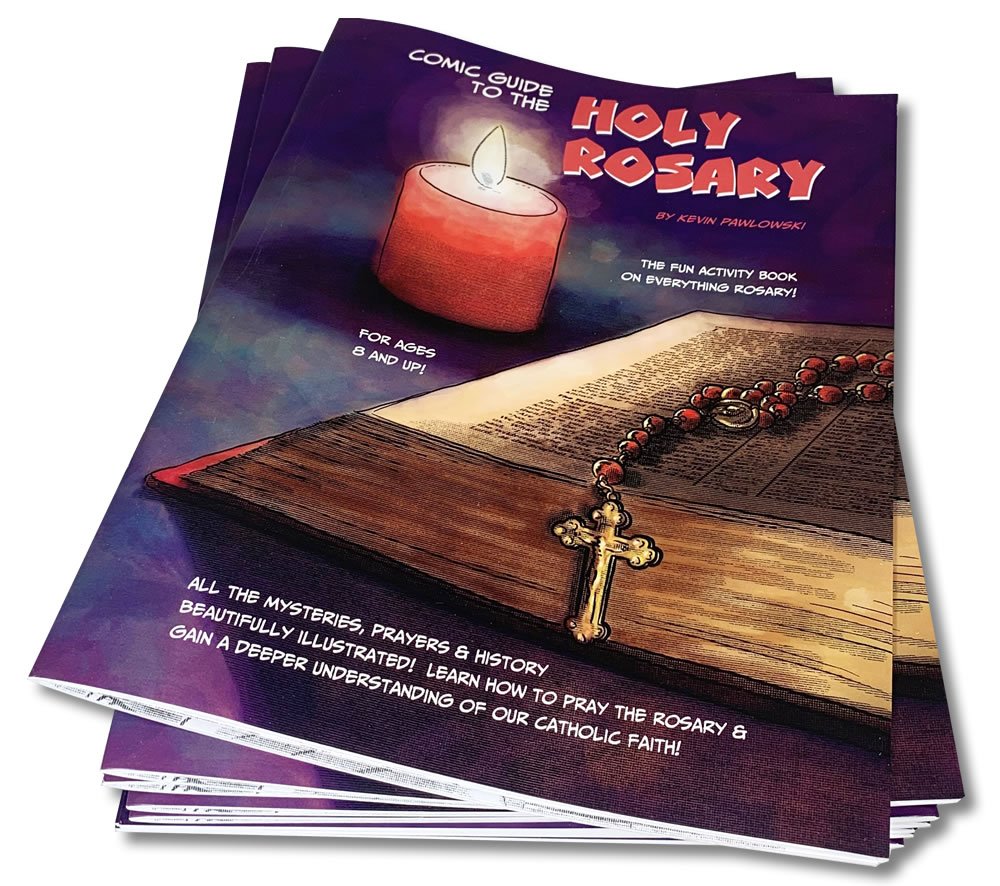Visual and Active Teaching Techniques: Enhancing Catholic Catechism Classrooms
Catholic catechism classrooms play a critical role in imparting religious education and forming the faith of young learners. To create a dynamic and engaging learning environment, catechists need to utilize effective teaching techniques that capture the attention and imagination of their students. One such approach that has proven to be highly effective is the use of visual and active teaching techniques. These techniques involve incorporating activities, coloring, and drawing into the catechism lessons, creating a multi-sensory learning experience that helps students to better understand and internalize the teachings of the Catholic faith.
Visual Teaching Techniques
Visual teaching techniques involve the use of visual aids such as pictures, charts, diagrams, and videos to enhance the learning experience. These aids help students to visualize abstract concepts, making them more tangible and relatable. For instance, when teaching about the Holy Trinity, a catechist can use a diagram with three interlocking circles to represent the Father, Son, and Holy Spirit. This visual representation can help students to grasp the concept of the Holy Trinity as one God in three persons in a more concrete way.
Another effective visual teaching technique is the use of pictures and videos that depict biblical stories, saints, and religious rituals. These visuals can bring the stories to life and create a sense of connection between the students and the teachings of the Catholic faith. For example, showing a picture of Jesus washing the feet of his disciples during the Last Supper can help students to understand the concept of humility and service, as taught by Jesus.
In addition to visual aids, active teaching techniques involve getting students physically involved in the learning process. These techniques encourage students to be active participants rather than passive recipients of information, leading to better engagement and retention of knowledge. One effective active teaching technique is the use of activities that require students to think critically, discuss, and reflect on the teachings of the Catholic faith.
For instance, catechists can organize group discussions where students can share their thoughts and perspectives on different topics related to the faith, such as the importance of prayer, the role of the Church in society, or the significance of the sacraments. These discussions can encourage students to think deeply about their faith, articulate their beliefs, and develop critical thinking skills.
Role Playing and Dramatization
Another active teaching technique is the use of role-playing and dramatization. Catechists can assign students roles of different biblical characters or saints and have them act out scenes from the Bible or Church history. This hands-on approach allows students to immerse themselves in the stories and events, making the learning experience more meaningful and memorable. It also encourages creativity and self-expression, which are important aspects of holistic education.
Coloring and Drawing Activities
Coloring and drawing activities are also effective visual and active teaching techniques that can be utilized in catechism classrooms. These activities provide an outlet for students to express their creativity while engaging with the content of the lessons. For example, catechists can provide coloring sheets with images of Jesus, Mary, or other important figures in Catholicism, and ask students to color them while discussing their significance. This activity not only reinforces the lesson content, but it also helps students to develop fine motor skills and concentration.
Drawing activities can also be incorporated into catechism lessons as a way for students to reflect on their faith and express their personal understanding of the teachings. For instance, catechists can ask students to draw a picture that represents their favorite parable or miracle from the Bible, or to illustrate a virtue they would like to cultivate in their lives. This creative expression allows students to make a personal connection with the teachings of the Catholic faith and internalize them in a meaningful way.
Catering to Visual and Kinesthetic Learners
Furthermore, visual and active teaching techniques can be used to cater to different learning styles and abilities among students. Some students are visual learners, who learn best through visual aids like cartoons, images, and videos, while others are kinesthetic learners who learn through hands-on activities and experiences, like coloring and drawing. By incorporating visual and active teaching techniques into their lessons, teachers can better engage all students and provide them with a more comprehensive learning experience.
Rosary Comic Guide for Visual and Hands-on Learning
This book collects my comic illustrations of the history of the rosary, the life of Holy Mary, traditional Catholic prayers, all 20 mysteries, and 4 separate rosaries to color to mark off each step. I suggest taking your time and spending at least 15 minutes of class throughout the school year. The lesson plan could look something like this…
Color and go over the history of the rosary.
Color and go over the life of Mary and the Hail Mary prayer. That will help connect the dots between the Hail Mary and Mary’s story. This will be further reinforced as you go over the mysteries.
Spend the next few classes coloring and going through the other prayers: Glory Be, Our Father, Fatima Prayer, Hail Holy Queen, and the Apostles’ Creed. The Creed will be further reinforced by the mysteries.
For each class afterward, go through a decade, coloring as you go of course, flip back to the prayer pages as makes sense, and color and reflect on each mystery. Because the mysteries are in chronological order, it tells the full story of Jesus and the formation of the Catholic Church.
The beauty of the Holy Rosary as a teaching tool is it sneaks in repetition, a powerful teaching method, visualization, and physical activity. The coloring also helps pick up where you left off at each lesson, and finish with a beautiful keepsake. On top of all of that, the instructions for how to pray the rosary drops off more-and-more with each subsequent rosary coloring page, so they actually might learn how to pray the rosary along with all the deeper meaning.
These techniques involve incorporating activities, coloring, and drawing into the catechism lessons, creating a multi-sensory learning experience that helps students to better understand and internalize the teachings of the Catholic faith.
Buy The Comic Guide to The Holy Rosary…
Also Available: Catechist Activity Downloads!
This is a beautiful and fun activity to reinforce Jesus’ message from the sermon on the mount — otherwise known as the “Beatitudes” or “blessed be’s”. Fold it up into one of those little hand puppets. If you don’t remember how to do it, it includes instructions.
Exclusive activity created by Kevin Pawlowski. This is a digital download, in high enough resolution to print high quality coloring pages. Once payment is made, you will receive an email with your download link. Final file will be a PDF that is 1-3MB. Adobe Acrobat Reader or some other PDF reader needed to view and print.
What better way to reinforce various people mentioned in the Gospels than creating a scrapbook page?! Trim out each picture and paste them in the right spot.
Exclusive activity created by Kevin Pawlowski. This is a digital download, in high enough resolution to print high quality coloring pages. Once payment is made, you will receive an email with your download link. Final file will be a PDF that is 1-3MB. Adobe Acrobat Reader or some other PDF reader needed to view and print.
This is a bead-by-bead guide to praying the Rosary. A separate guide to the actually prayers may be needed. Younger kids will enjoy coloring along with the prayers.
Exclusive activity created by Kevin Pawlowski. This is a digital download, in high enough resolution to print high quality coloring pages. Once payment is made, you will receive an email with your download link. Final file will be a PDF that is 1-3MB. Adobe Acrobat Reader or some other PDF reader needed to view and print.







